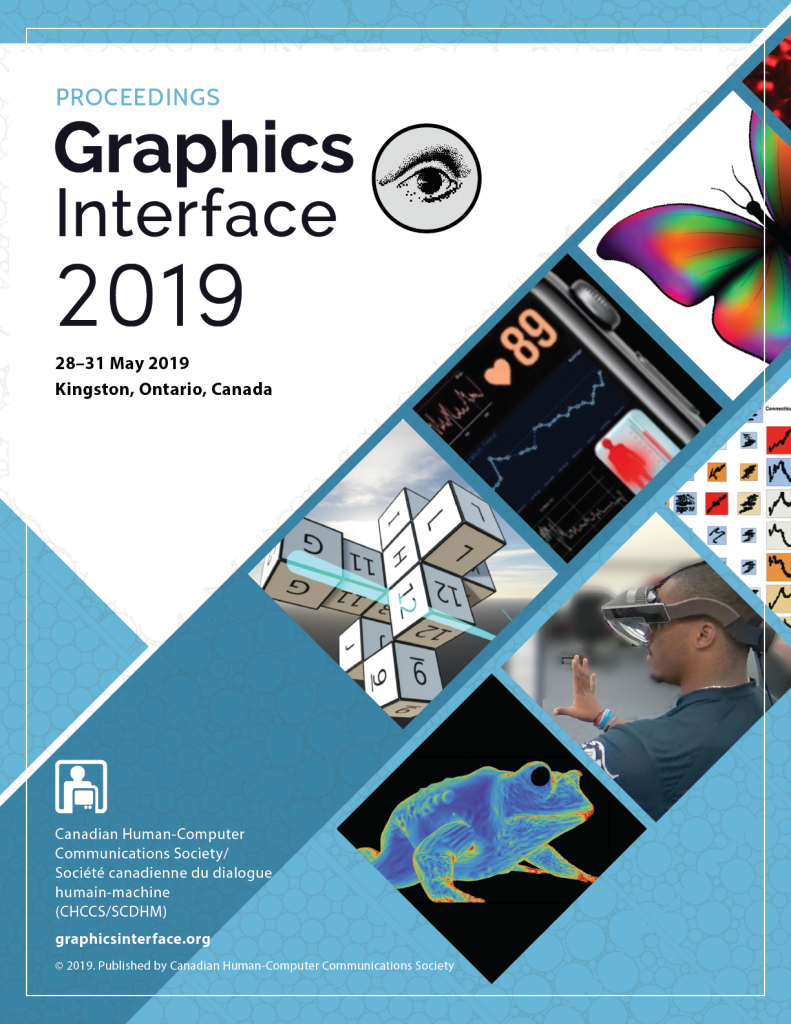BibTex
@inproceedings{Weingarten:2019:10.20380/GI2019.19,
author = {Weingarten, Ariel and Lafreniere, Ben and Fitzmaurice, George and Grossman, Tovi},
title = {DreamRooms: Prototyping Rooms in Collaboration with a Generative Process},
booktitle = {Proceedings of Graphics Interface 2019},
series = {GI 2019},
year = {2019},
issn = {0713-5424},
isbn = {978-0-9947868-4-5},
location = {Kingston, Ontario},
numpages = {9},
doi = {10.20380/GI2019.19},
publisher = {Canadian Information Processing Society},
}Supplementary Media
Abstract
Generative design techniques use algorithmic encodings of domain knowledge to automate parts of the design process. This approach has worked well when success can be written as an optimization problem, but useful evaluation criteria are often discovered during the design process. To study how these criteria are developed we built DreamRooms, a room layout prototyping tool with a tight interaction loop between the designer and a generative process that does not encode a priori objective measures of quality. DreamRooms consists of a VR environment wherein the user can set constraints and gradually lower the entropy of a generative process that produces alternative layouts for the user to consider and iterate on. In addition to the DreamRooms system, we present the results of an observational study which revealed benefits to rapid collaboration between a designer and the generative process in an embodied environment and points towards mechanisms for communicating design intent to the generative process.





















































